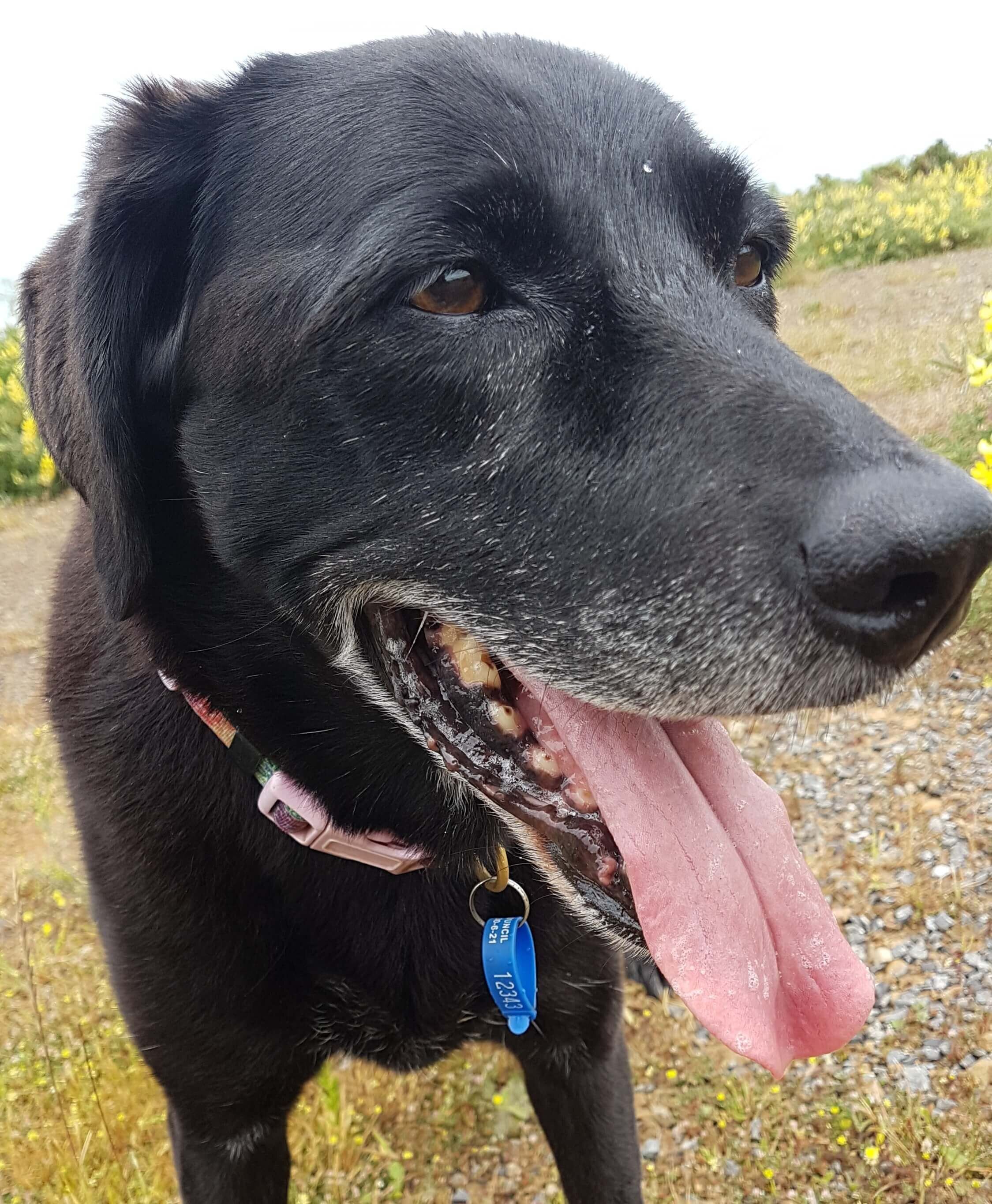Should I crate train my puppy?
If you’re wondering whether crating your puppy is a good idea, watch my video to find out when and how to effectively use a dog crate.
The benefits of crating your puppy
You can use crates for toilet training, alone time confidence training, as a safe zone, as a time out zone, and when you’re traveling.
Toilet training
Most dogs don’t want to soil where they sleep, so crating your pup strengthens their bladder and they’re more likely to go to the toilet as soon as you let them out, which makes toilet training easier.
However, you need to be home throughout the day to let your puppy out at regular times, otherwise they’ll get desperate, pee on their bed and the crate will no longer be effective for toilet training purposes.
Plus, you also need to be available to play with your puppy while they’re out of the crate, so that they’re not cooped up all day and bursting with energy in the evening.
Alone time confidence training
Puppies need to learn to cope while they’re alone so you can use the crate to slowly and gently teach them Alone time confidence.
It’s so important to start this training early so that you avoid creating a dog who gets major separation anxiety when left alone.
Safe zone
When you can’t watch your puppy like a hawk, it’s best to put them somewhere where they can’t get into mischief. Crates are a great option because your pup can’t destroy all your things if they’re inside a crate!
Time outs
You can use your pup’s crate to time them out if they’ve done something naughty.
Travel
If your puppy is happy in their crate, you can take the crate when you’re traveling and your dog will always have a safe place to retreat to if they get overwhelmed by all the new sights, smells, and sounds.
Won’t this confuse my dog?
Nope. You can use your pup’s crate for all of these things without confusing them because the way you approach a Time out is different from the way you’d pop your puppy into their safe zone.
If you’re putting your puppy into the crate just to keep them out of mischief or to work on Alone Time Confidence, you’d calmly encourage them to go into the crate, but if you’re putting them in for a time out, you’ll have to:
A) Witness the unwanted behaviour.
B) Give them a chance to stop whatever they’re doing by sternly saying “uh uh”.
C) If they don’t stop, sternly say “Time Out” and immediately pop them into their crate.
After enough repetitions, your pup will learn that when they hear you say “uh uh”, they’d better stop what they’re doing or they’ll end up in jail.
And it’s ok that their ‘jail’ is their safe zone because their penalty is being removed from you and all the fun stuff.
How to build up a positive association to the crate
Use treats to build up a positive association to the crate.
Pop a treat just inside the open crate. Repeat until your pup is comfortable reaching that far into the crate for the treat.
Throw the treat further towards the back of the open crate so they have to take a step inside the crate to get the treat.
Throw a few treats in so pup spends more time in the crate.
Then close the door for a few seconds, open and let them out.
Repeat many times, slowly increasing the time the door is closed.
Once your puppy is happy being in the crate for a few minutes with the door closed, give them a longer-lasting treat to help build up their comfort.
Use a stuffed Kong, or treats like deer antlers, pig ears, or bully sticks.
Is it ok not to crate train my puppy?
Absolutely! If you’re not keen on crating your pup, then don’t feel any pressure to do so. It can be effective, but it’s not the only way to train puppies.
If your pup is peeing in the crate, I’d recommend using a playpen instead with a pee pad or artificial turf toilet.
Then when your puppy is a bit older, or if you’re available to let them out of the crate more often, you can reintroduce the crate training if you want to.
If you’re planning on keeping your dog mainly outside, then you won’t need to use a crate.
But if your dog will be mainly inside, then crates can be a really effective way to toilet train and keep them contained.
When I was a kid, we got a puppy and with the best of intentions, we set her up a comfy bed in the garage with a dog door so she could get outside to toilet overnight.
She lasted in there for a few hours that first night before we couldn’t stand it anymore, and then spent the rest of her life sleeping on our beds.
So, if you are planning on keeping your dog outside more often than not, good luck with that!
Do you find that puppy parenting is proving to be more challenging than you anticipated?
Is your adorable bundle of fluff acting like a bit of a maniac at times?
Are they:
· Refusing to sleep in?
· Jumping up on you?
· Destroying all your favourite things?
· Chewing your hands, feet, and clothes?
· Peeing and pooping all over your house?
Then check out "The Calm Puppy," a 5-part program designed to transform your energetic puppy into a well-behaved and delightful companion










